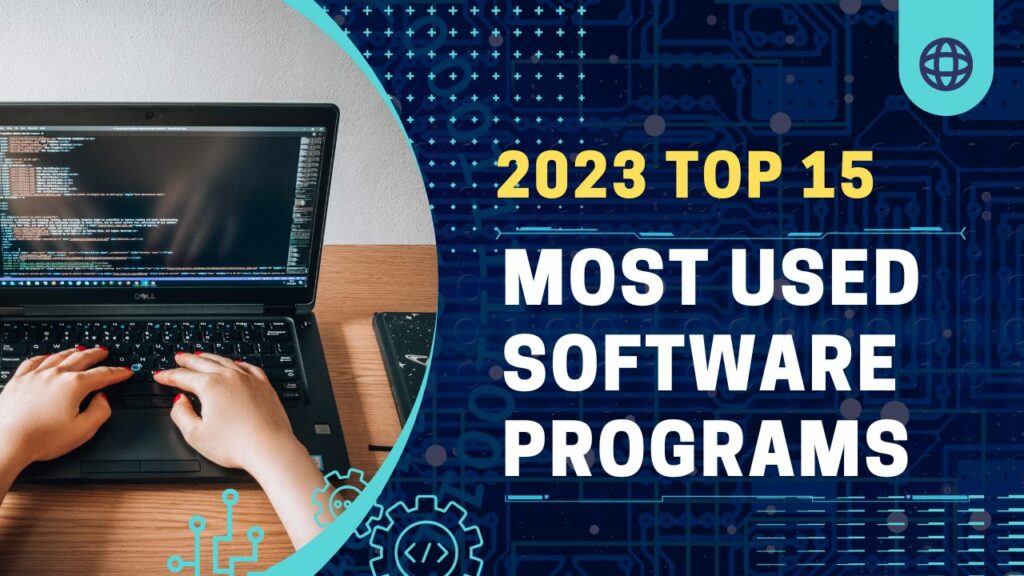 As technology evolves continuously, more and more software programs are being developed to help us perform specific tasks and functions on a computer. But what is the most used software program? In this article, we will share with you the most used software program in 2023.
As technology evolves continuously, more and more software programs are being developed to help us perform specific tasks and functions on a computer. But what is the most used software program? In this article, we will share with you the most used software program in 2023.
What is the most used software program?
There is no definite answer to “What is the most used software program?” There is a diverse range of software used across different industries, purposes, and regions. However, a few software programs have achieved widespread popularity and usage on a global scale.
1. Microsoft Windows
Microsoft Windows is one of the most used software programs due to its widespread compatibility and user-friendly interface, allowing people to operate their computers efficiently. It provides a platform for running a diverse range of applications, from productivity tools to entertainment software, making it a versatile choice for both work and leisure. Its continuous updates and support also contribute to its popularity, ensuring users have access to new features and security enhancements, further solidifying its position as a cornerstone of the digital world.
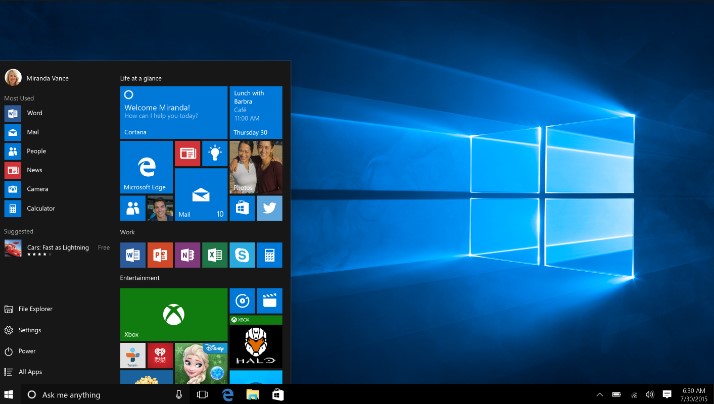
2. Google Chrome
As a web browser, Google offers a seamless and intuitive browsing experience, coupled with fast page loading times. Its integration with various Google services and a vast library of extensions enhances productivity and customization, making it a top choice for internet users worldwide. Its consistent updates and focus on security also contribute to its widespread adoption, ensuring a safe and smooth online journey for users.
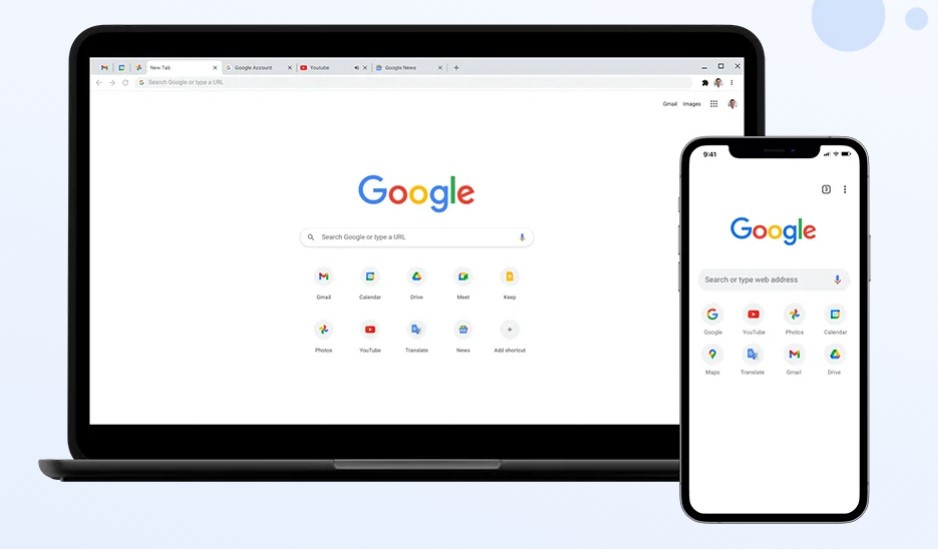
You might also like: What Makes an Excellent Software?
3. macOS
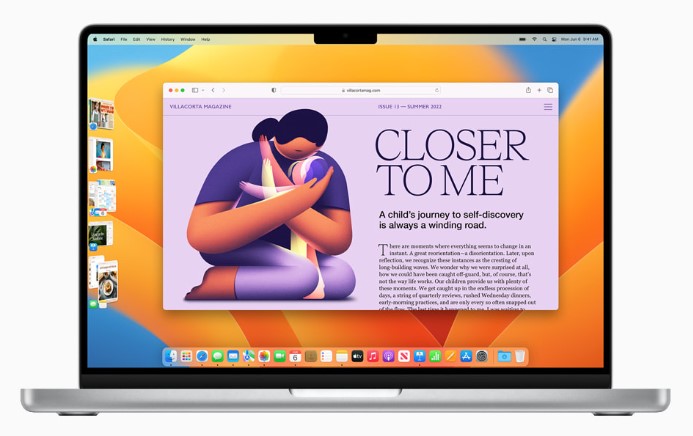
macOS stands out as one of the most used software programs due to its sleek design, seamless integration with Apple hardware, and user-friendly interface. It provides a stable and intuitive environment for various tasks, from creative endeavors to daily productivity. With features like Siri, iCloud, and the App Store, macOS offers a cohesive ecosystem that enhances user experience, making it a preferred choice for individuals seeking a reliable and cohesive computing environment.
4. Spotify

Spotify has a vast library of music and podcasts, coupled with its user-friendly interface. It offers convenient access to a wide range of audio content, catering to diverse tastes and preferences. Its personalized playlists, curated recommendations, and seamless cross-device syncing provide an immersive and tailored listening experience, making it a go-to choice for music enthusiasts around the world.
5. Google Maps

Google Maps offers accurate and comprehensive navigation, mapping, and location services. Its intuitive interface and real-time traffic updates simplify travel planning and daily commutes. With features like Street View and business information, it serves as a versatile tool for discovering new places and businesses. Google Maps’ seamless integration across devices and continuous improvements have made it an essential companion for users seeking efficient and reliable navigation assistance.
6. Adobe Photoshop
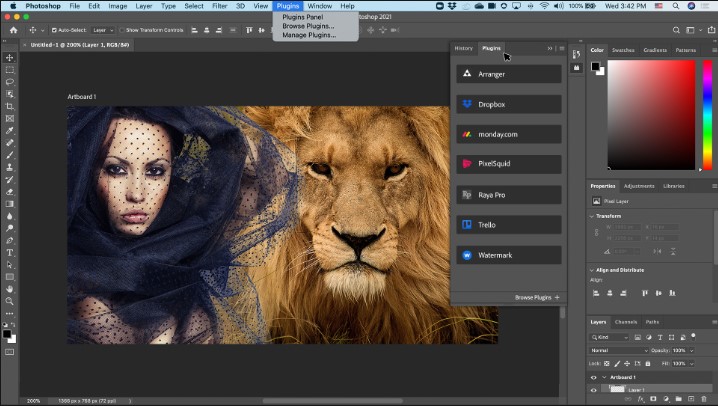
Adobe Photoshop has versatile and powerful features in image editing and manipulation. Its comprehensive toolset allows professionals and enthusiasts to create stunning visual content, ranging from intricate graphic designs to photo retouching and composition. Photoshop’s user-friendly interface, continuous updates, and extensive support for various file formats make it an essential tool for artists, photographers, designers, and marketers, cementing its status as a cornerstone in the digital creative landscape.
You might also like: Top 16 Essential Windows Apps and Software for Your New PC
7. Skype
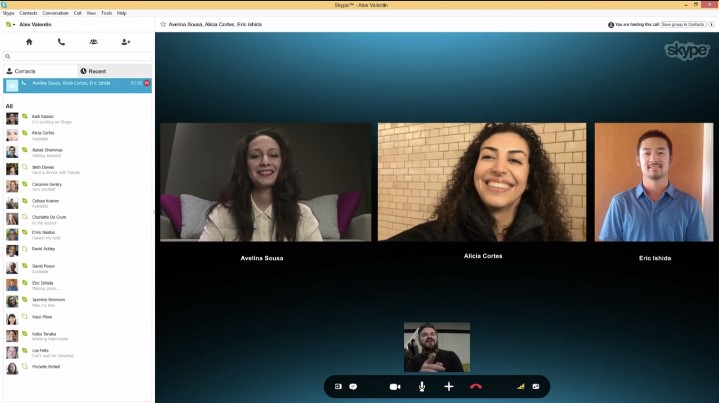
Skype has become one of the most widely used software programs due to its seamless and accessible communication features. It revolutionized how people connect globally, offering free voice and video calls over the internet. Its user-friendly interface, cross-platform compatibility, and availability on various devices made it a popular choice for both personal and professional communication. Moreover, Skype’s integration of instant messaging, file sharing, and group calling further solidified its position as a versatile and indispensable communication tool.
8. iOS

iOS, Apple’s operating system for mobile devices, is among the most used software programs due to its exceptional user experience, security features, and ecosystem integration. Its intuitive interface and consistent design across devices make it accessible to a wide range of users. The App Store’s vast selection of applications, coupled with regular updates and optimizations, enhances its functionality and appeal. Additionally, iOS’s strong emphasis on privacy and data protection contributes to its widespread adoption, making it a preferred choice for millions of users worldwide.
9. VLC Media Player

VLC Media Player has garnered immense popularity due to its unmatched versatility and open-source nature. It can play a wide range of multimedia formats, making it an essential tool for users with diverse media needs. Its simplicity, cross-platform compatibility, and lack of codec requirements provide a hassle-free playback experience. VLC’s commitment to remaining free of cost and its continuous development by a dedicated community has solidified its reputation as a reliable, go-to media player for millions of users worldwide.
You might also like: What Software Protects Your Computer From Malware?
10. Windows Photo Viewer
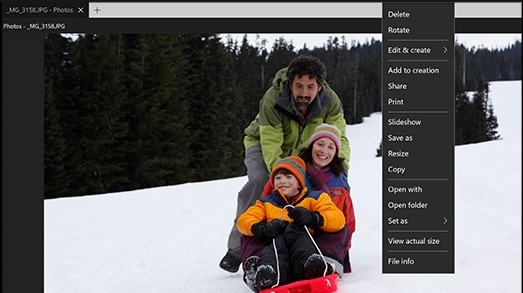
Windows Photo Viewer gained popularity as a default image viewer on Windows operating systems for its simplicity and ease of use. Its straightforward interface allowed users to quickly view and navigate through their photos without unnecessary complexities. The program’s integration into the Windows environment and its ability to handle a variety of image formats made it a convenient choice for many users. However, it’s worth noting that in more recent versions of Windows. Like Windows 10, Windows Photo Viewer has been replaced by the Photos app as the default image viewer.
11. Android

Android has achieved widespread usage and popularity as an open-source mobile operating system due to its versatility, customization options, and extensive app ecosystem. Its user-friendly interface accommodates a diverse range of users while providing a consistent experience across devices. The Google Play Store’s vast collection of apps, combined with regular updates and improvements, contributes to Android’s appeal as a platform that caters to a wide array of needs, from communication and entertainment to productivity and beyond.
12. WhatsApp

WhatsApp has become one of the most widely used software programs globally due to its seamless and secure messaging features. It revolutionized communication by offering free text messaging, voice calls, and video calls over the internet. Its end-to-end encryption provides a high level of privacy, attracting users concerned about data security. WhatsApp’s widespread availability, cross-platform compatibility, and features like group chats and multimedia sharing have made it an essential communication tool for both personal and business use.
13. Monday.com

Monday.com has gained significant popularity as a project management and collaboration software due to its intuitive visual interface and flexibility. It enables teams to streamline workflows, track tasks, and manage projects in a visually engaging manner, making complex processes more manageable. Its customizable features, integration capabilities, and real-time updates appeal to a wide range of industries and teams of varying sizes. Monday.com’s emphasis on improving team communication and productivity has contributed to its status as a widely adopted and versatile software solution.
14. Salesforce

Salesforce has emerged as a dominant force in customer relationship management (CRM) software due to its comprehensive suite of tools that help businesses manage sales, customer service, marketing, and more. That’s why it’s one of the most used software programs today. Its cloud-based platform allows companies to centralize customer data, automate processes, and gain insights for informed decision-making. The ability to customize and scale solutions to meet specific business needs, coupled with a robust ecosystem of third-party integrations, has made Salesforce a go-to solution for optimizing customer interactions and driving business growth. Its reputation for innovation, continuous updates, and user-friendly interface contribute to its widespread adoption across various industries.
15. Adobe Acrobat Reader
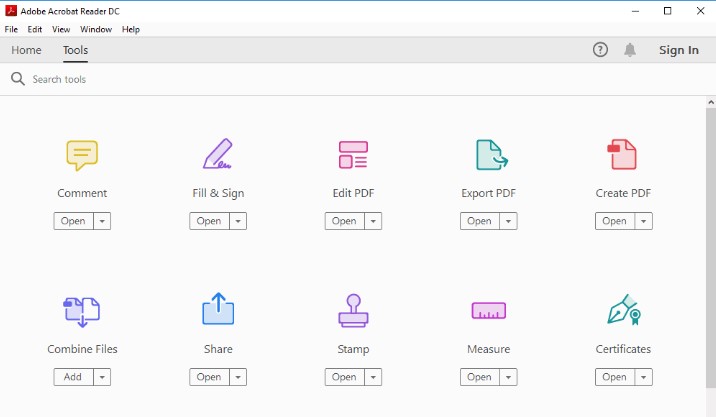
Adobe Acrobat Reader is widely used as a standard tool for viewing, editing, and sharing PDF (Portable Document Format) files. Its user-friendly interface and comprehensive feature set make it essential for tasks. Including reading e-books, filling out forms, and reviewing documents. With its widespread adoption and compatibility across different platforms, Adobe Acrobat Reader has become a go-to solution for individuals, businesses, and organizations to interact with and manage digital documents efficiently. Its regular updates and integration with other Adobe products also contribute to its popularity as a versatile PDF solution.
You might also like: What are the 3 Important Types of System Software?
What is the difference between System Software and Application Software?
System software and application software are two distinct categories of software that serve different purposes within a computer system.
System software refers to the core software that manages and controls the computer hardware and provides a platform for running application software. It includes operating systems (like Windows, macOS, and Linux), device drivers, firmware, and utility programs.
On the other hand, application software is designed to perform specific tasks or provide services for end-users. It’s the software that users interact with directly to accomplish their goals. Application software includes a wide range of programs such as word processors (e.g., Microsoft Word), spreadsheets (e.g., Microsoft Excel), web browsers (e.g., Google Chrome), image editors (e.g., Adobe Photoshop), and more.
Things to Look For In An Application Software
Now that we’ve answered your question, “What is the most used software program?” We’ll discuss the things you need to look for in software. When evaluating application software for your needs, there are several key factors to consider. Here’s a list of important things to look for:
Application Software Features
- Functionality and Features. Ensure the software provides the specific tools and capabilities you need to achieve your tasks and goals effectively. Look for essential features and any unique functionalities that set the software apart.
- Ease of Use and User Interface. A user-friendly interface with intuitive navigation can save you time and reduce the learning curve. Choose software that offers a clean and organized layout, making it easy for you to access features and settings.
- Compatibility and Integration. Confirm that the software is compatible with your operating system and devices. Additionally, check if it can integrate smoothly with other tools or software you use, enabling seamless workflow and data sharing.
- Support and Updates. Reliable customer support, including documentation, user guides, and responsive assistance, is essential. Regular software updates are crucial for bug fixes, security patches, and new features. Ensuring the software remains reliable and up to date.
- Security and Privacy. Prioritize software that emphasizes data security and privacy. Look for features such as encryption, secure authentication, and the ability to control access to sensitive information to safeguard your data and maintain confidentiality.
- Customization. Look for software that allows you to tailor settings, layouts, and preferences to match your workflow and preferences.
- Integration. If you need the software to work with other tools you already use (e.g., email clients, project management platforms), check for integration options or compatibility.
- Cost and Licensing. Consider the software’s pricing model – whether it’s a one-time purchase, subscription-based, or free. Evaluate if the software provides good value for its cost.
- User Reviews and Reputation. Look for user reviews and ratings to gauge others’ experiences with the software. A positive reputation and community feedback can provide insights into its reliability and suitability.
- Trial or Demo Versions. Whenever possible, try out a trial or demo version of the software before committing to a purchase. This allows you to assess whether it meets your needs and preferences.
You might also like: Why You Should Buy Software Instead of Building One
Conclusion: What is the most used software program?
There is no definite answer to the question, “What is the most used software program?” Determining the single most used software program can be challenging due to the diverse range of software used across different industries, purposes, and regions. However, a few software programs have achieved widespread popularity and usage on a global scale.
Now that we’ve shared the most used software programs with you, you should be able to choose which one to download and use to help you based on your needs and preferences.

